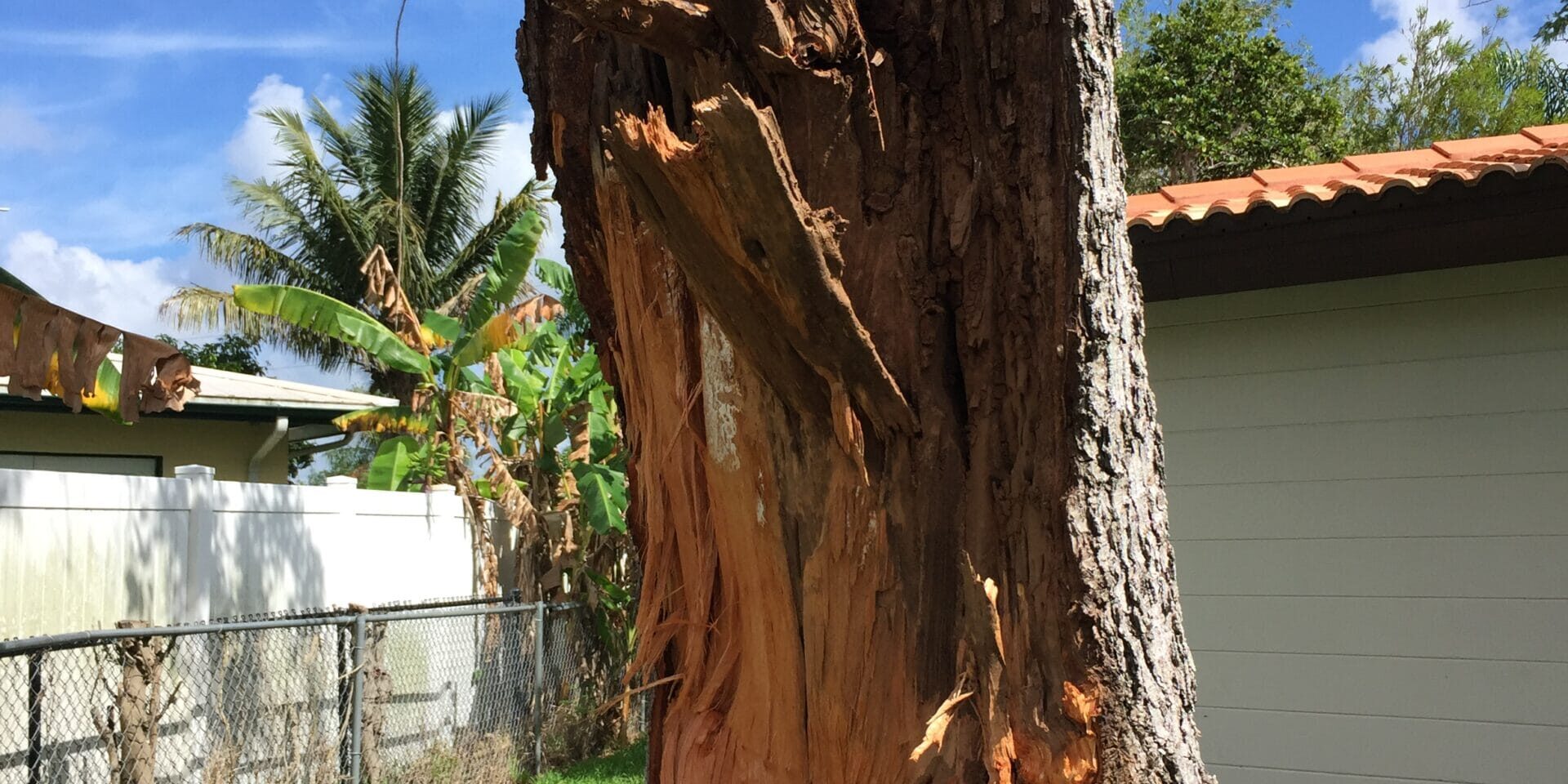
Why do my trees look bad?
Trees are living, breathing things just like you and me. They can get diseases or injure areas of their body, and they have unique ways of telling us they need help. It can be hard to spot the signs of disease in a tree. So, if your trees look bad or unhealthy, there is a reason for it. Your tree probably needs the help of a certified arborist.
Just like doctors, arborists are trained in all things tree health. Sometimes those with a green thumb can help their trees recover, but most of the time, it is best to bring in a professional before things are made worse. Arborists are very knowledgeable and can help ensure your trees are safe and healthy.
When to call a certified arborist
Leaves changing color on one part of the tree
If the leaves on your trees start to change color, you should consult an arborist. The changing colors might feel normal if you live in North Florida or somewhere else where you see autumn leaves. But, it’s essential to check the other trees in your neighborhood to see if they are changing colors. If they look similar to your tree, you may be in the clear. If not, and your trees look bad, then reach out to an arborist. It may be a sign that your tree is increasingly susceptible to insects and disease.
Leaves dropping
If leaves are dropping off your tree, it may be an issue with the soil moisture available, a lack of energy due to climate stressors, or it may be tied to the tree’s overall health. In any case, leaves dropping from a tree or a tree that has thinned out recently is a good indicator that an arborist might need to be called.
No leaves
Just like above, this could be due to stress, root issues, or disease. A tree without leaves does not necessarily mean that the tree is dead, but may make your trees look bad. Instead don’t try to remove the tree without having an arborist take a look.
Florida Tree is the most trusted and top rated Tree & Ground Maintenance company in the area. But don’t take our word for it, see what your neighbors are saying about us and read our reviews.
Oozing sap
There could be a lot of reasons why your tree is oozing sap. The best way to explain sap is to compare it to the human body. The sap is transferred throughout a tree through the tree’s vascular system, much like blood in human veins. So, arborists can use the sap to determine how healthy a tree is. An increase in oozing sap, which is called bleeding, can be a sign of decreased health or disease. If you see a bleeding tree or your trees look bad, call your arborist.
Cracks in the bark
Cracking on the trunk of a tree is an excellent reason to call an arborist. Cracking of the tree can mean the bark, softwood, and heartwood are separating. If left without treatment, the tree’s structural integrity could be affected, leading to the tree being more susceptible to decay, insects, and disease.
Root problems
Seeing growths that look like fungi around your tree’s base may indicate that your tree root plate is rotting. If the roots begin to soften or degrade, this can create a disconnection with the lateral root stem. In the long run, this will make the tree unstable. Your arborist will be able to tell you if the issue could be root disease, deep planting, or caused by injuries from a lawn mower.
Falling tree
If you have a tree that is leaning or looks unstable. Call an arborist immediately! The arborist can determine if the tree has any issues and try to heal the tree. If the tree is unsafe, they can also help you remove it safely, so no harm is done to people, pets, or property.
As a general rule, it is recommended that trees get assessed twice per year. Once during the summer and once in the winter. But, if you see issues outside of those two seasons and your trees look bad, don’t hesitate to reach out. Issues with trees can progress very quickly, so if you see something going wrong, call your arborist. They will be able to quickly tell you what the issue is and give recommendations and solutions. Keeping your trees healthy will save you money by decreasing the possibility of future property damage or tree removal.

